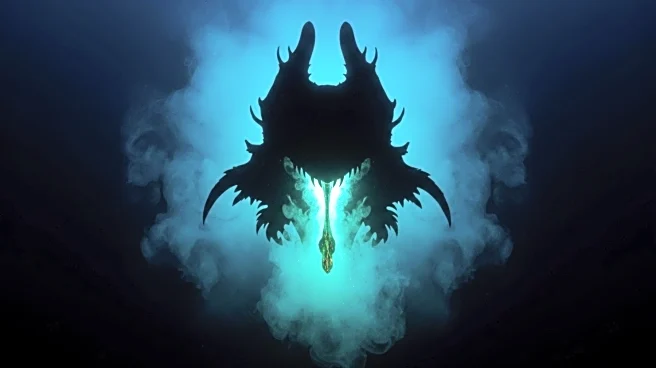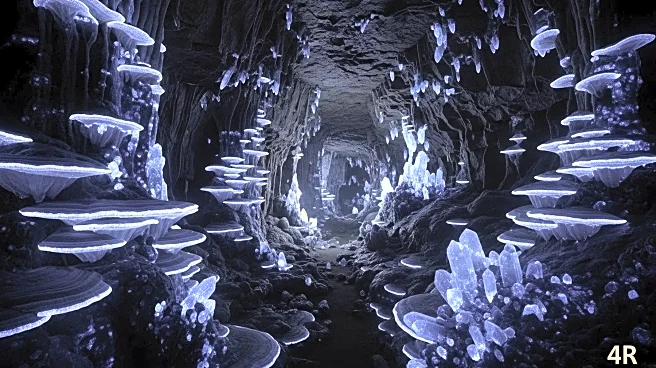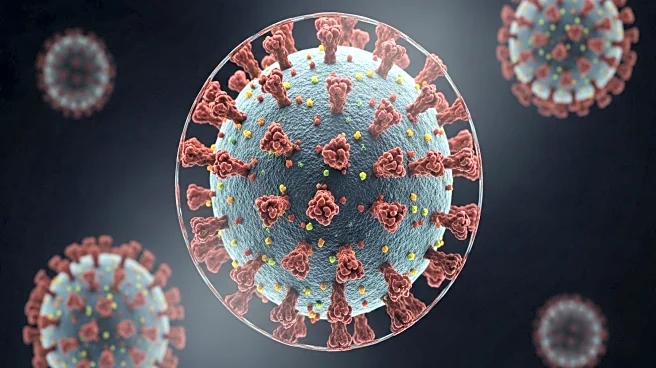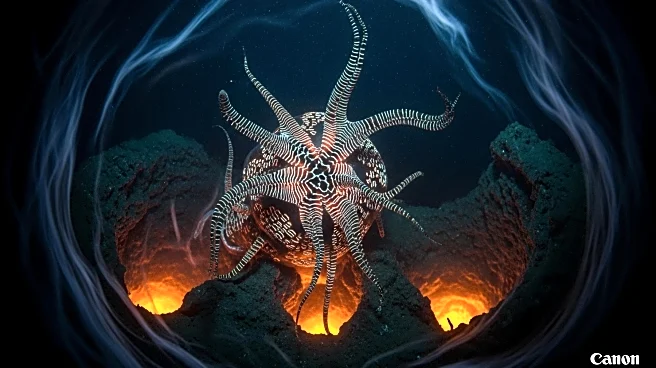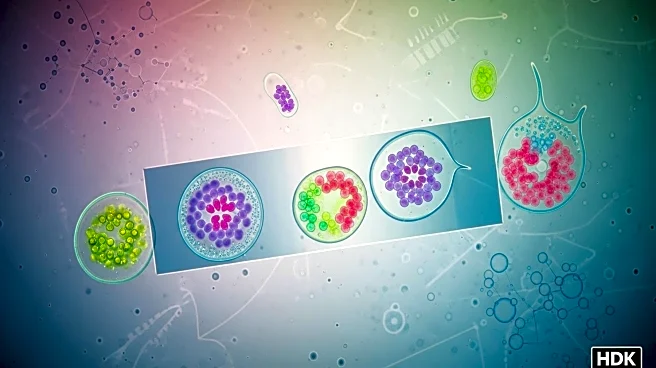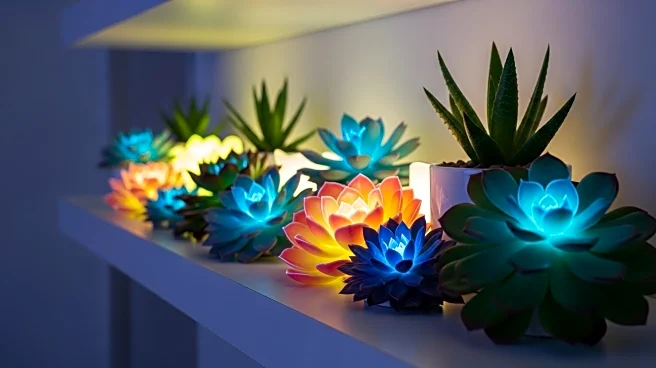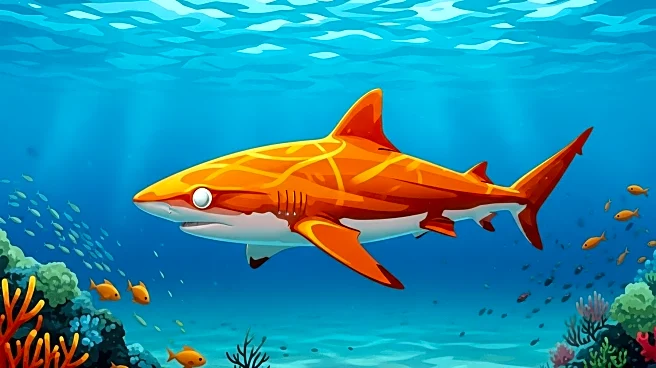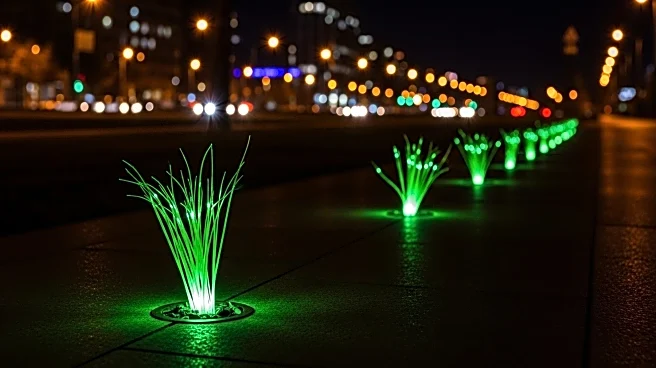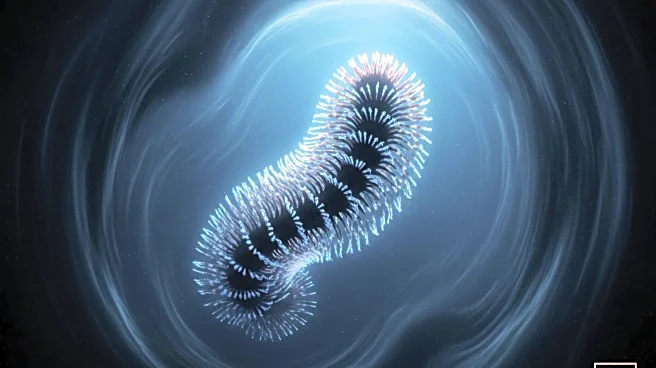What is the story about?
What's Happening?
Researchers have discovered that Paralvinella hessleri, a deep-sea worm inhabiting hydrothermal vents in the Okinawa Trough, is the first known animal to produce orpiment, a toxic yellow pigment historically used in artworks by Rembrandt and Cézanne. The worm accumulates arsenic particles on its skin and internal organs, which react with sulfide from the vents to form orpiment, creating a protective armor against the toxic environment. This discovery was published in PLoS Biology, highlighting the unique adaptation of the worm to survive in high-temperature, mineral-rich waters.
Why It's Important?
The ability of Paralvinella hessleri to produce orpiment challenges existing assumptions about pigment production in deep-sea environments, where creatures typically lack vibrant colors due to the absence of light. This finding opens new avenues for understanding biochemical processes in extreme environments and could have implications for biotechnological applications, such as developing new materials or pigments. Additionally, the study raises concerns about the impact of seabed mining on deep-sea ecosystems, which host unique and undiscovered species.
What's Next?
Researchers aim to further investigate the mechanisms by which arsenic is transported into the worm's internal organs and how orpiment production benefits the worm's survival. This could lead to broader studies on the ecological roles of pigments in deep-sea organisms. The findings may also prompt discussions on the conservation of hydrothermal vent ecosystems, emphasizing the need to protect these habitats from human activities like mining.
AI Generated Content
Do you find this article useful?
